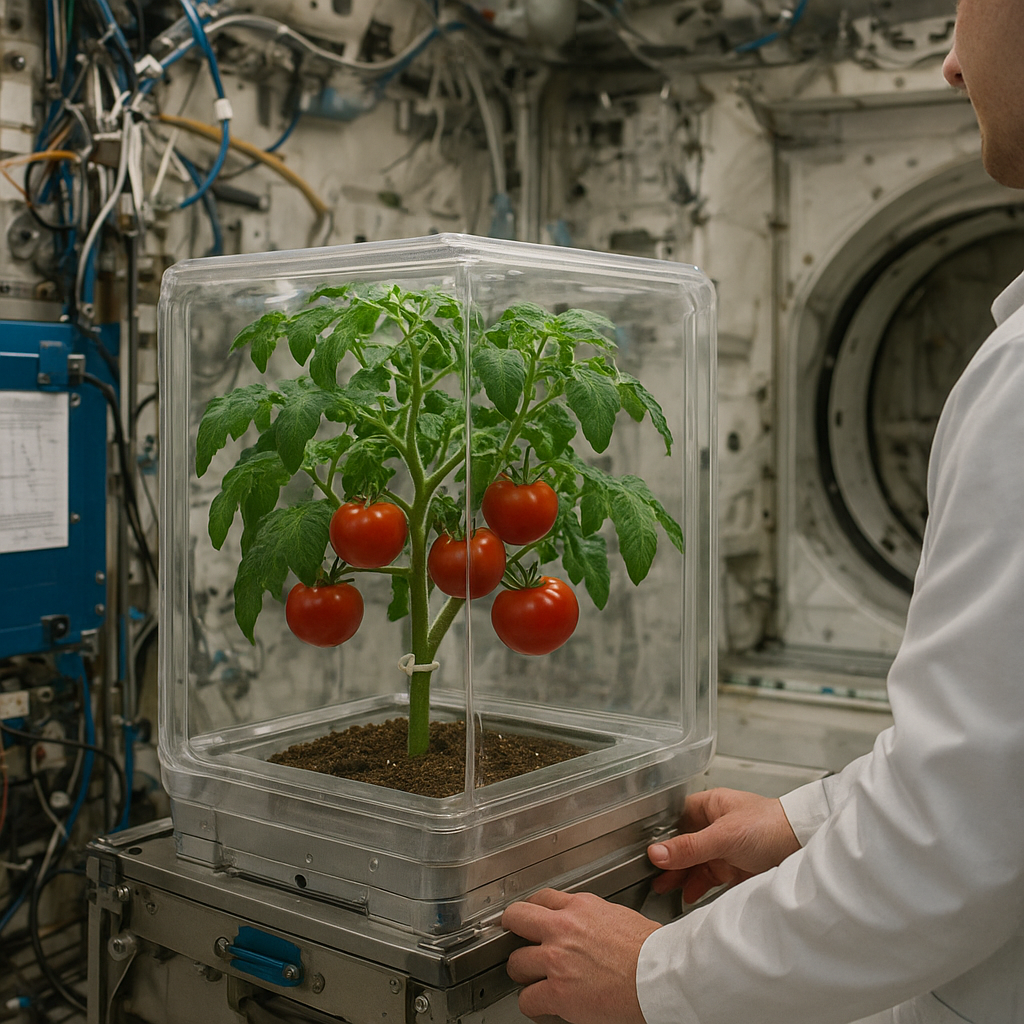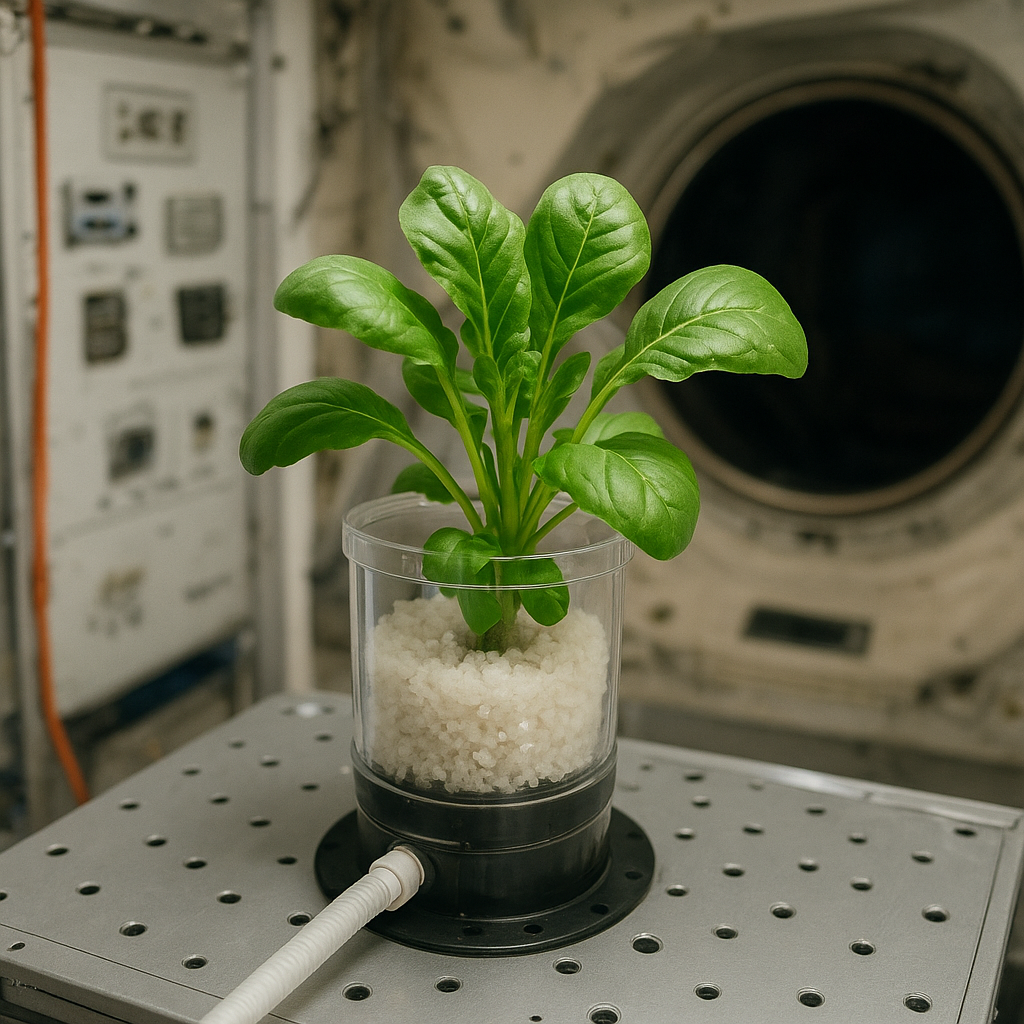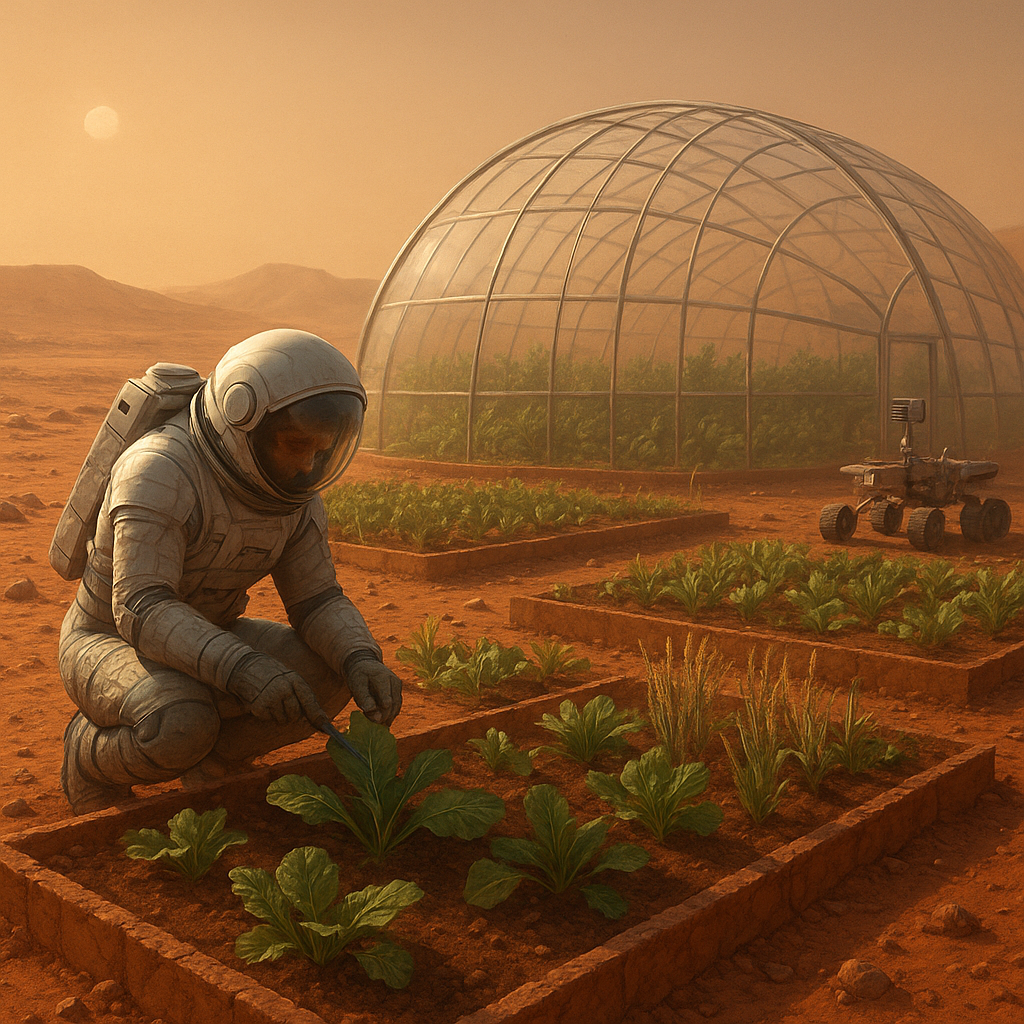The importance of crop diversity for extraterrestrial agriculture cannot be overstated, as it holds the key to sustainable food production in space environments. As humanity sets its sights on colonizing other planets, particularly Mars, the need for a robust agricultural system that can thrive in alien conditions becomes increasingly critical. This article explores the significance of crop diversity in extraterrestrial agriculture, examining its benefits, challenges, and potential solutions for future space missions.
Understanding Crop Diversity
Crop diversity refers to the variety of different species and genetic variations within agricultural crops. This diversity is essential for several reasons, including resilience to pests and diseases, adaptability to changing environmental conditions, and the ability to provide a balanced diet. In the context of extraterrestrial agriculture, crop diversity takes on an even more significant role, as it can help mitigate the risks associated with growing food in unfamiliar and often harsh environments.
The Role of Crop Diversity in Resilience
One of the primary benefits of crop diversity is its ability to enhance resilience. In traditional agriculture, monocultures—growing a single crop over a large area—can lead to vulnerabilities. If a disease or pest targets that specific crop, the entire yield can be compromised. In contrast, a diverse cropping system can buffer against such threats. For extraterrestrial agriculture, where resources are limited and the stakes are high, this resilience is crucial.
- Pest and Disease Resistance: Diverse crops can deter pests and diseases that might otherwise devastate a single crop type. For example, certain plants can produce natural repellents that protect neighboring crops.
- Soil Health: Different crops contribute various nutrients to the soil, improving its overall health and fertility. This is particularly important in space, where soil quality may be compromised.
- Microbial Diversity: A variety of crops can support a diverse microbial community in the soil, which is essential for nutrient cycling and plant health.
Adaptability to Environmental Conditions
Extraterrestrial environments present unique challenges, including extreme temperatures, radiation, and limited water availability. Crop diversity can enhance adaptability, allowing for the selection of species that can thrive under specific conditions. For instance, some plants are more tolerant to drought, while others may be better suited for high-radiation environments.
- Selection of Hardy Varieties: By cultivating a range of crops, researchers can identify which varieties perform best in extraterrestrial conditions, leading to the development of more resilient agricultural systems.
- Genetic Modification: Advances in biotechnology allow for the modification of crops to enhance their adaptability. This can include altering their genetic makeup to withstand radiation or extreme temperatures.
Challenges of Implementing Crop Diversity in Space
While the benefits of crop diversity are clear, implementing diverse agricultural systems in space is not without its challenges. The limited space available for cultivation, the need for efficient resource use, and the complexities of managing multiple crop types all pose significant hurdles.
Space Limitations
In a space environment, particularly on missions to Mars or the Moon, the available area for agriculture is severely restricted. This limitation necessitates careful planning and design of agricultural systems that can maximize yield while accommodating a variety of crops.
- Vertical Farming: One potential solution is the use of vertical farming techniques, which allow for the cultivation of multiple crop layers in a confined space. This method can help optimize the use of limited resources.
- Hydroponics and Aeroponics: Soil-less growing methods such as hydroponics and aeroponics can facilitate the growth of diverse crops in a compact environment, reducing the need for extensive soil management.
Resource Management
Efficient resource management is critical in extraterrestrial agriculture. Water, nutrients, and energy must be carefully monitored and allocated to support a diverse range of crops. This requires innovative approaches to recycling and resource utilization.
- Water Recycling Systems: Implementing closed-loop water systems can ensure that water is reused effectively, minimizing waste and supporting multiple crop types.
- Nutrient Delivery: Developing systems for precise nutrient delivery can help meet the specific needs of different crops, ensuring optimal growth and yield.
Future Directions for Extraterrestrial Agriculture
As space exploration continues to advance, the importance of crop diversity in extraterrestrial agriculture will only grow. Future missions to Mars and beyond will require innovative solutions to ensure food security for astronauts and potential colonists. Research and development in this field are already underway, with scientists exploring various strategies to enhance crop diversity and resilience.
Research Initiatives
Numerous research initiatives are focused on understanding how different crops can be cultivated in space. These studies often involve growing plants in controlled environments that simulate extraterrestrial conditions, allowing scientists to observe how various species respond to stressors such as low gravity and high radiation.
- NASA’s Veggie Project: This initiative aims to grow fresh produce on the International Space Station (ISS) to study plant growth in microgravity. The findings from this project will inform future agricultural practices for long-duration space missions.
- Martian Greenhouses: Concepts for greenhouses on Mars are being developed, incorporating diverse crops that can thrive in the planet’s unique conditions. These designs focus on maximizing space and resource efficiency.
Collaboration and Knowledge Sharing
Collaboration between scientists, agricultural experts, and space agencies is essential for advancing extraterrestrial agriculture. By sharing knowledge and resources, researchers can develop more effective strategies for implementing crop diversity in space.
- International Partnerships: Collaborative efforts between countries can lead to shared research initiatives and technology development, enhancing the overall understanding of extraterrestrial agriculture.
- Public Engagement: Engaging the public in discussions about space agriculture can foster interest and support for research initiatives, potentially leading to increased funding and resources.
Conclusion
The importance of crop diversity for extraterrestrial agriculture is a critical consideration as humanity prepares for life beyond Earth. By fostering resilience, adaptability, and sustainability, diverse cropping systems can play a pivotal role in ensuring food security for future space missions. While challenges remain, ongoing research and collaboration will pave the way for innovative solutions that can support the cultivation of diverse crops in the harsh environments of space. As we look to the stars, the lessons learned from Earth’s agricultural practices will undoubtedly inform our efforts to grow food in the cosmos, ensuring that humanity can thrive on new worlds.




